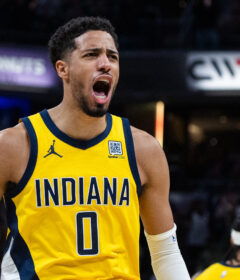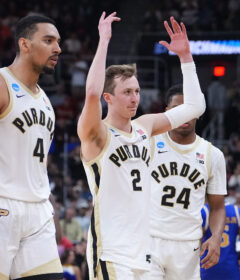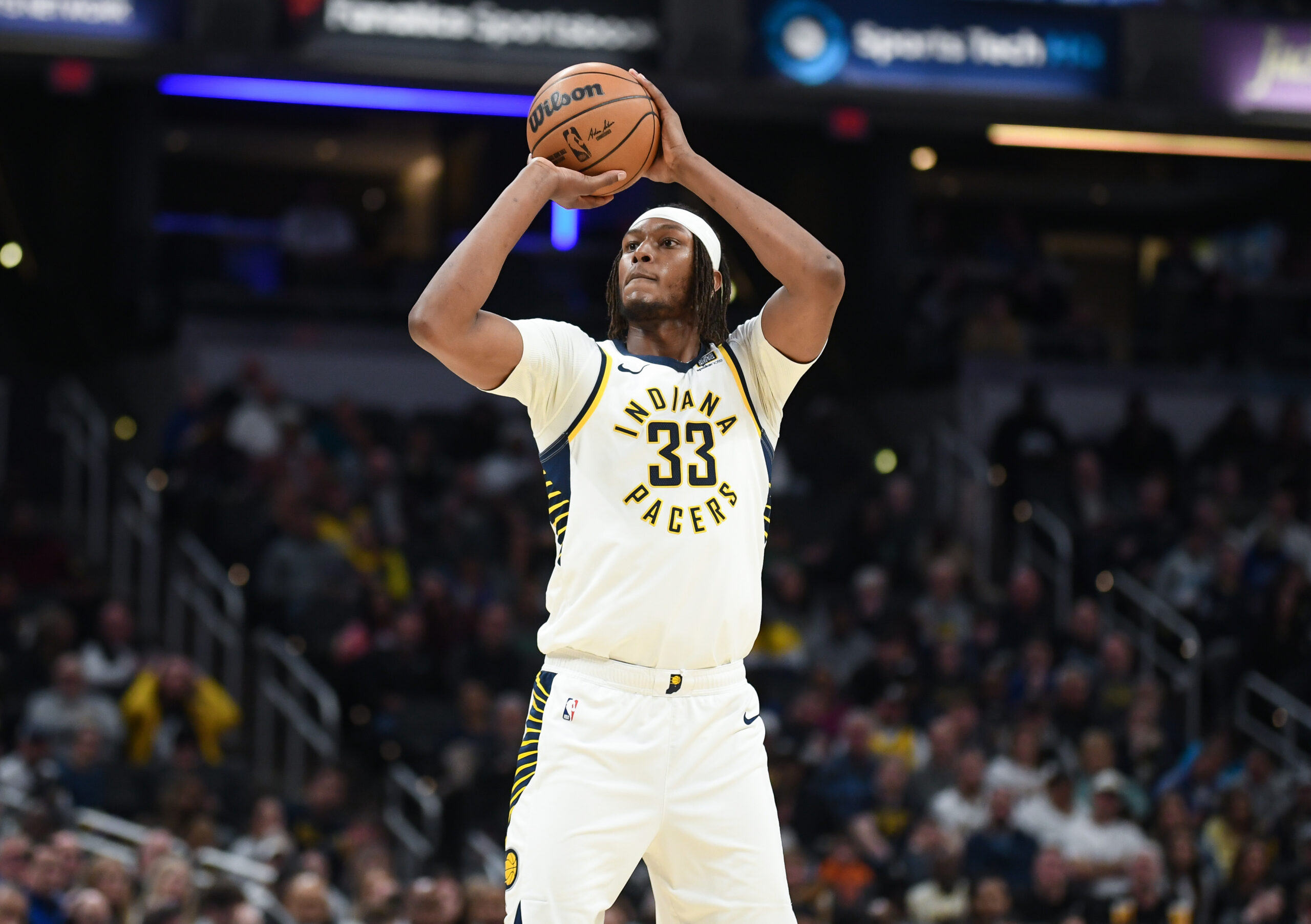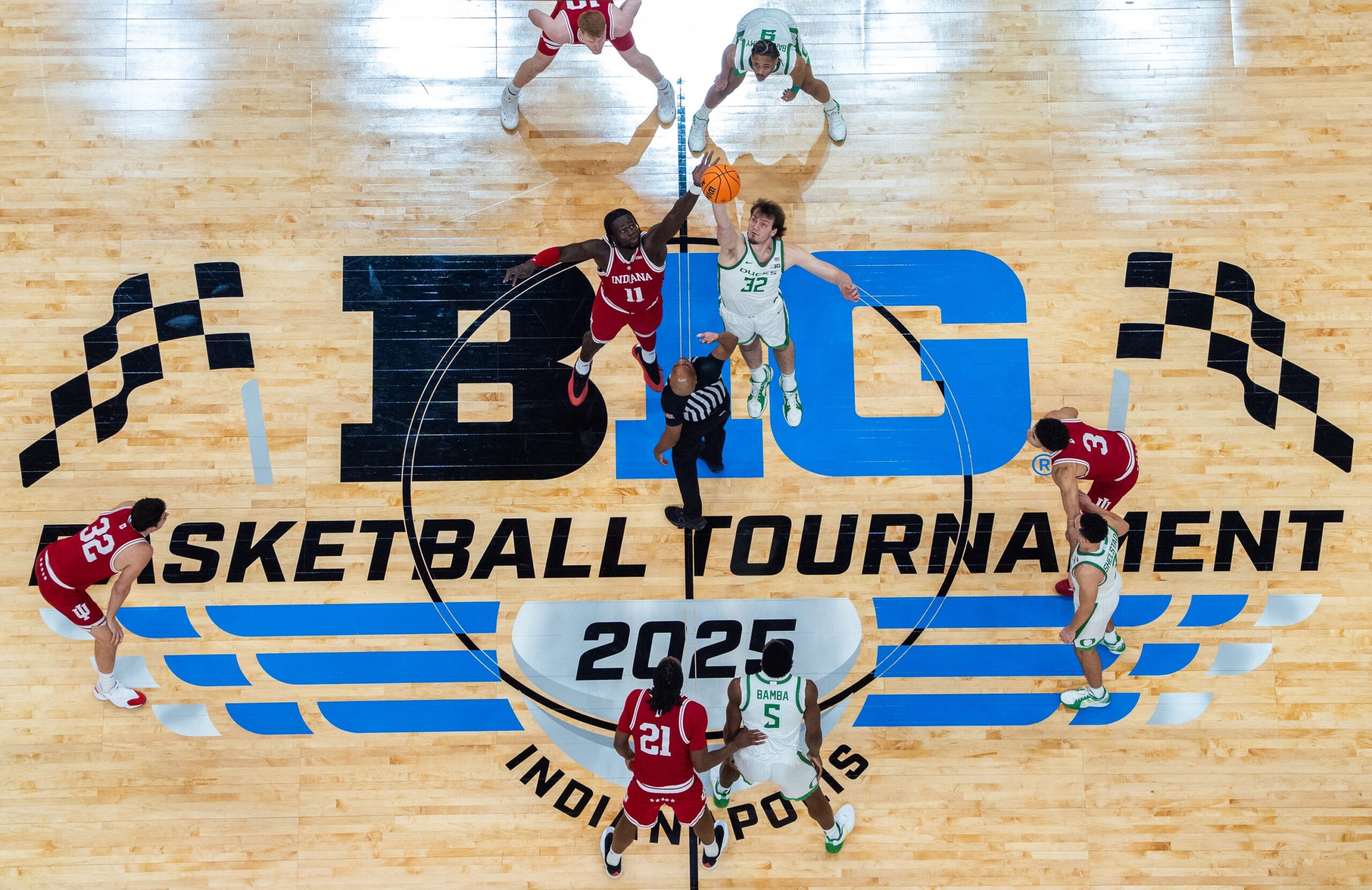D.J. Byrd fuels Purdue surge by being himself
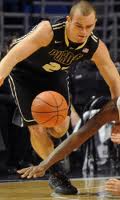
By CLIFF BRUNT
ISL Editor
Purdue coach Matt Painter recently said center A.J. Hammons would be better off accepting the fact that he’s an old-school, traditional big man, and that the fact that few of those exist anymore makes him a valuable commodity.
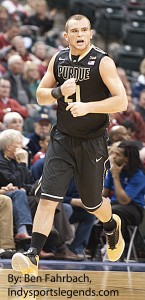
In the same way that Hammons has emerged by accepting who he is, D.J. Byrd has done the same, and the results have helped propel the Boilermakers to heights not expected so soon. Purdue (10-8, 3-2 Big Ten) plays at No. 2 Michigan on Thursday with a chance to position itself to make noise in the Big Ten race. Purdue has just two losses in conference play, and now that Wisconsin has lost, there are no unbeatens left.
Let’s start with who D.J. Byrd is: a knockdown shooter who is hard to guard because he’s a tweener. He’s big enough to play as an undersized power forward, but shoots well enough that you need a guard or small forward to stay with him on the perimeter. There are few in college basketball who can shoot like him.
This is who D.J. Byrd is not: Robbie Hummel.
A reporter mentioned that Byrd might have been failing while trying to be Hummel the other day, and I gave it some thought. Was this guy onto something?
Yes and no was my conclusion.
Byrd has to lead. He’s a senior captain who knows exactly what Painter wants, needs and expects from a team full of young players.
He has to score. He is a proven scorer at the college level, which most of his teammates weren’t two months ago. Last season, Byrd averaged nearly nine points per game and shot 43 percent from 3-point range. He was a matchup problem and a valuable piece during a successful season.
He has to win. Byrd is used to going to NCAA tournaments and being around greatness. He’s not interested in his team being a spoiler.
To be fair, Hummel struggled at times last season as the role players around him rounded into shape. Byrd, like Hummel the previous year, recognized that his team was struggling to score, so he took more upon himself.
But Byrd is 6-5, not 6-8. He doesn’t have Hummel’s inside game, court vision or ability to score off the dribble.
None of those things are said to criticize Byrd. Very few players have Hummel’s overall game. Robbie Hummel
cannot be duplicated. There’s nothing wrong with Byrd wanting to be his best and wanting to win. He shares those traits with Hummel. That was made clear with that excellent timeout against Illinois while falling out of bounds. (see video below, ignore commentary from bitter Illinois fan 97illinifan).
But Byrd isn’t equipped to be a lead scorer, at least not in the way he tried to do it. He was impatient at times and became inefficient. Byrd shot 29 percent from the field in December and 25 percent from 3-point range while averaging six points per game.
So, in a way, Byrd was trying to be like Hummel. It was admirable that he tried so hard to get his team’s offense going. But knowing your limitations is one of the greatest skills one can develop as a basketball player. The reality is that Byrd is at his best when he’s spotting up for threes and opponents respect his teammates enough to pay less attention to him. He is not necessarily the guy who takes over on his own.
It makes sense, then, that Byrd’s success has come since his teammates have become more consistent. In January, Byrd is averaging 12.7 points per game and shooting 48 percent from the field.
Terone Johnson has become the kind of player defenses need to focus on. He’s averaging 14.7 points and 5.7 rebounds in January. Ronnie Johnson’s assist-to-turnover ratio has improved. A.J. Hammons has become more consistent, often scoring in double figures and being a true 7-foot presence inside.
Rapheal Davis’ move into the starting lineup opens things up, too. Davis can score off the dribble and shoot the three. In January, Davis is shooting 58 percent from the field and averaging 7.3 points in 20.5 minutes per game. He is just starting to figure out what he can do, and he gives the team an entirely different dimension.
When Davis plays, Byrd becomes a bigger matchup problem. Teams have to guard Davis differently than Jacob Lawson, who is athletic, but not a polished offensive threat. Davis will torch you if you let him. As Davis improves, so will Byrd. And as Ronnie Johnson settles down more at point guard, it will become clear that Purdue isn’t just a defensive team.
With legitimate scoring options at every other position, Byrd gets less attention, which means more open shots, which means three-balls drop out of the sky. During Purdue’s 3-game winning streak, Byrd has made 11 of 20 3-pointers and is averaging 13.7 points per game.
And now, Byrd looks like the guy we all remember from last year, shooting accurately without conscience and from great distance. If this version continues to show up and the freshmen continue to improve, the Boilermakers might be more than a spoiler.
As is often the case in life and in basketball, Byrd turned out to be his best when he decided to be himself.
Also: Sam Klemet’s Purdue-Michigan preview.
Follow Cliff Brunt on Twitter: www.twitter.com/cliffbrunt_isl.

